SOURCE: AFI

Pakistan’s former Foreign Minister, Khursheed Mahmood Kasuri, has publicly questioned the plausibility of recent claims that Bangladesh might hand over an older World War II-era airbase to China, citing the country’s geopolitical realities. Speaking to Pakistani media in early April 2025, Kasuri emphasized Bangladesh’s unique geographical position—surrounded by India on three sides—as a key factor undermining the feasibility of such a move.
His remarks come amid growing concerns in India over Bangladesh’s warming ties with both China and Pakistan, raising questions about the shifting dynamics in South Asia and their implications for regional stability. This article examines Kasuri’s statement, the context of Bangladesh-China relations, and the broader strategic landscape.
Continue readingSOURCE: AFI

Armoured Vehicles Nigam Limited (AVNL), a cornerstone of India’s defence manufacturing, made a powerful impression at the “Mini Defence Expo” held in Dar es Salaam, Tanzania, in April 2025. The event, a platform to highlight India’s indigenous defence capabilities, saw AVNL showcase its diversified product portfolio, featuring the T-72 Ajeya Tank, the upgraded BMP-II infantry combat vehicle, and the Light Bullet Proof Vehicle (LBPV) Jonga.
The AVNL stall drew high-profile attention, with visits from Tanzania’s Honourable Defence Minister, India’s Honourable Raksha Rajya Mantri, the Indian High Commissioner, and other dignitaries, underscoring the growing defence ties between India and Tanzania. This article delves into AVNL’s display, the significance of the showcased platforms, and the broader implications for India’s defence export ambitions.
Continue readingSOURCE: AFI
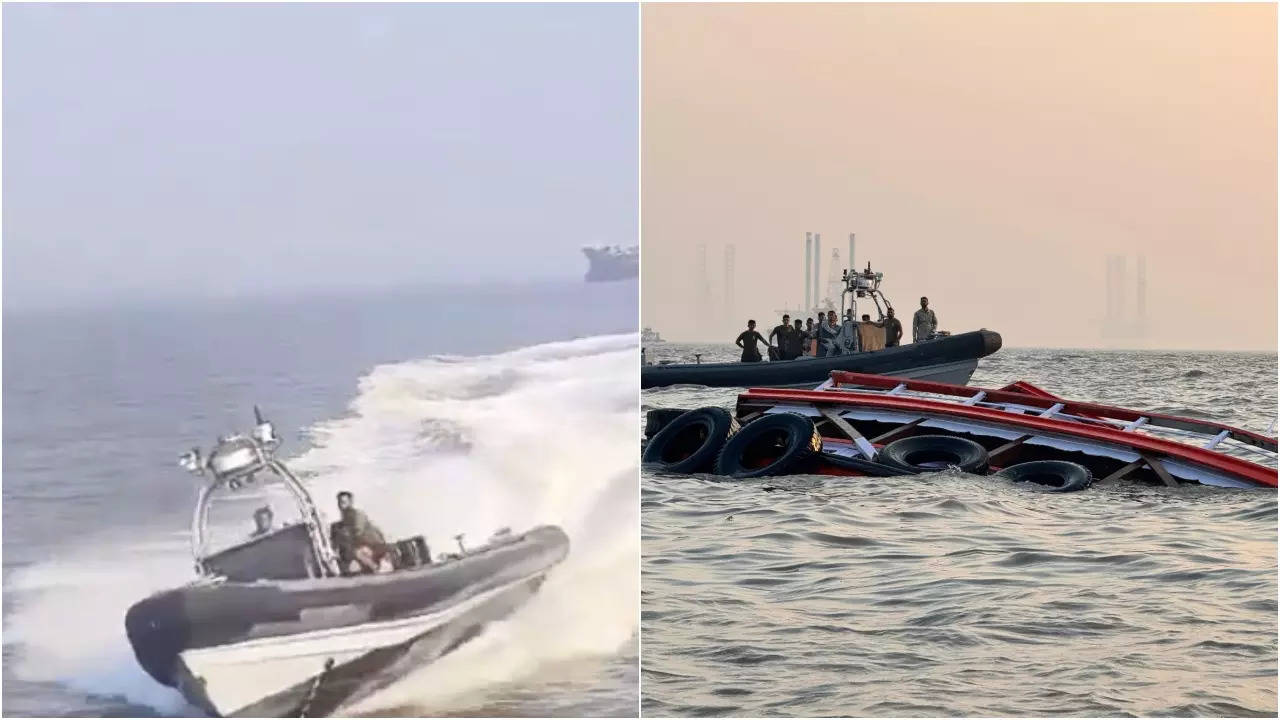
A tragic incident on December 18, 2024, off the Mumbai coast, where a naval speedboat collided with the passenger ferry Neel Kamal, killing 15 people, has taken a new turn. An investigation by the Original Equipment Manufacturer (OEM), Cochin Shipyard Limited (CSL), has found no mechanical or design faults in the speedboat, shifting the focus to human error as the primary cause.
Mumbai Police, aligning with this finding, have pointed to operational negligence by the speedboat’s crew, prompting a deeper probe into accountability and safety protocols. This article delves into the investigation’s findings, the police’s stance, and the broader implications for naval and maritime safety in India.
Continue readingSOURCE: IDRW.ORG
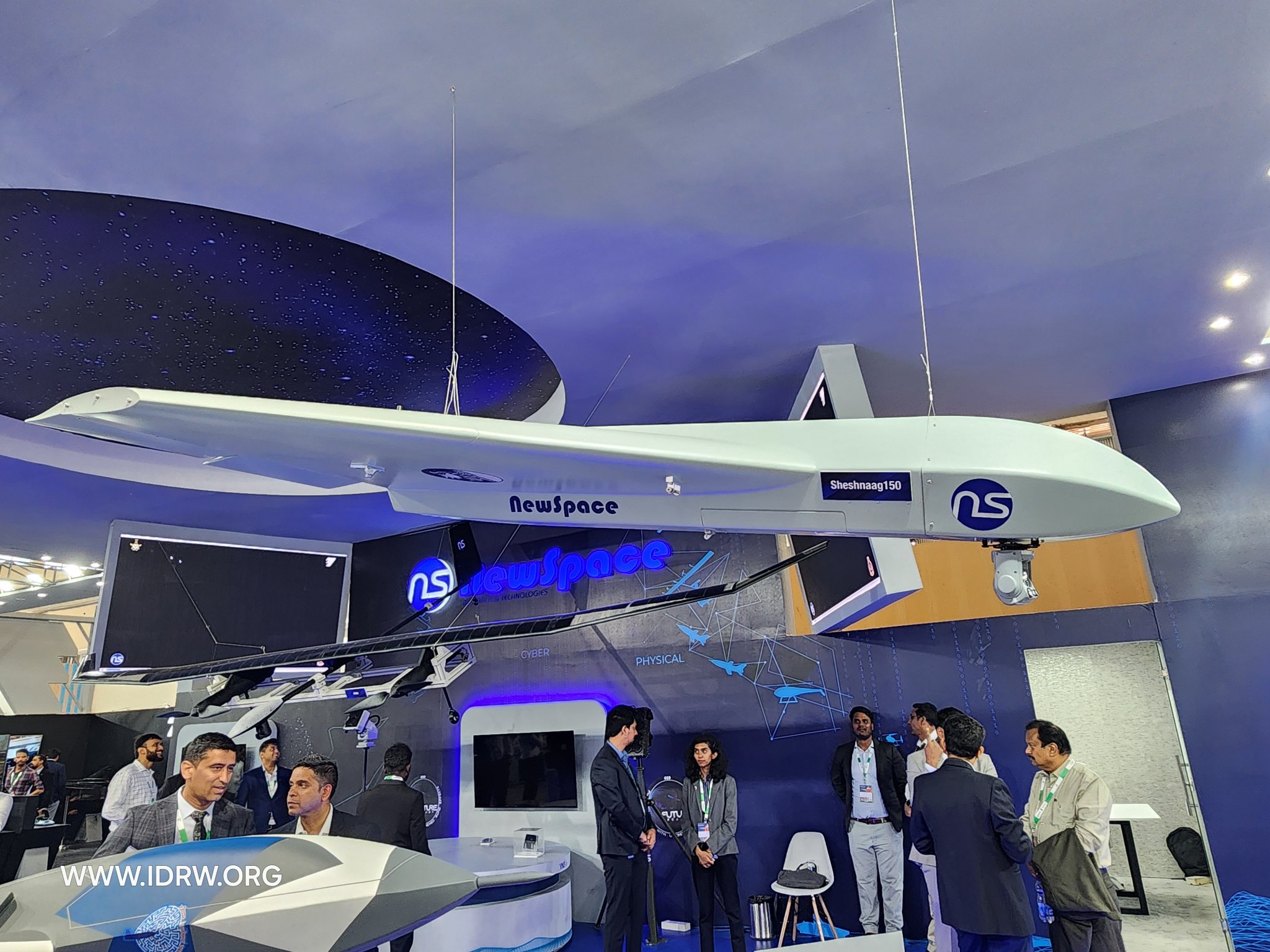
The Indian Air Force (IAF) is set to release a Request for Information (RFI) inviting private industry partners to design and develop advanced ground-launched, Beyond Visual Line of Sight (BVLOS) loitering munitions. These smart, electro-optically guided systems, with a range of 500 to 1,000 kilometers, are poised to redefine India’s tactical strike capabilities.
Featuring a 50 kg explosive warhead and the ability to loiter for over six hours, these munitions promise enhanced precision, flexibility, and autonomy—key attributes for modern warfare. This move, aligned with India’s Atmanirbhar Bharat initiative, underscores the IAF’s intent to leverage indigenous innovation to meet evolving security challenges.
Continue readingSOURCE: IDRW.ORG
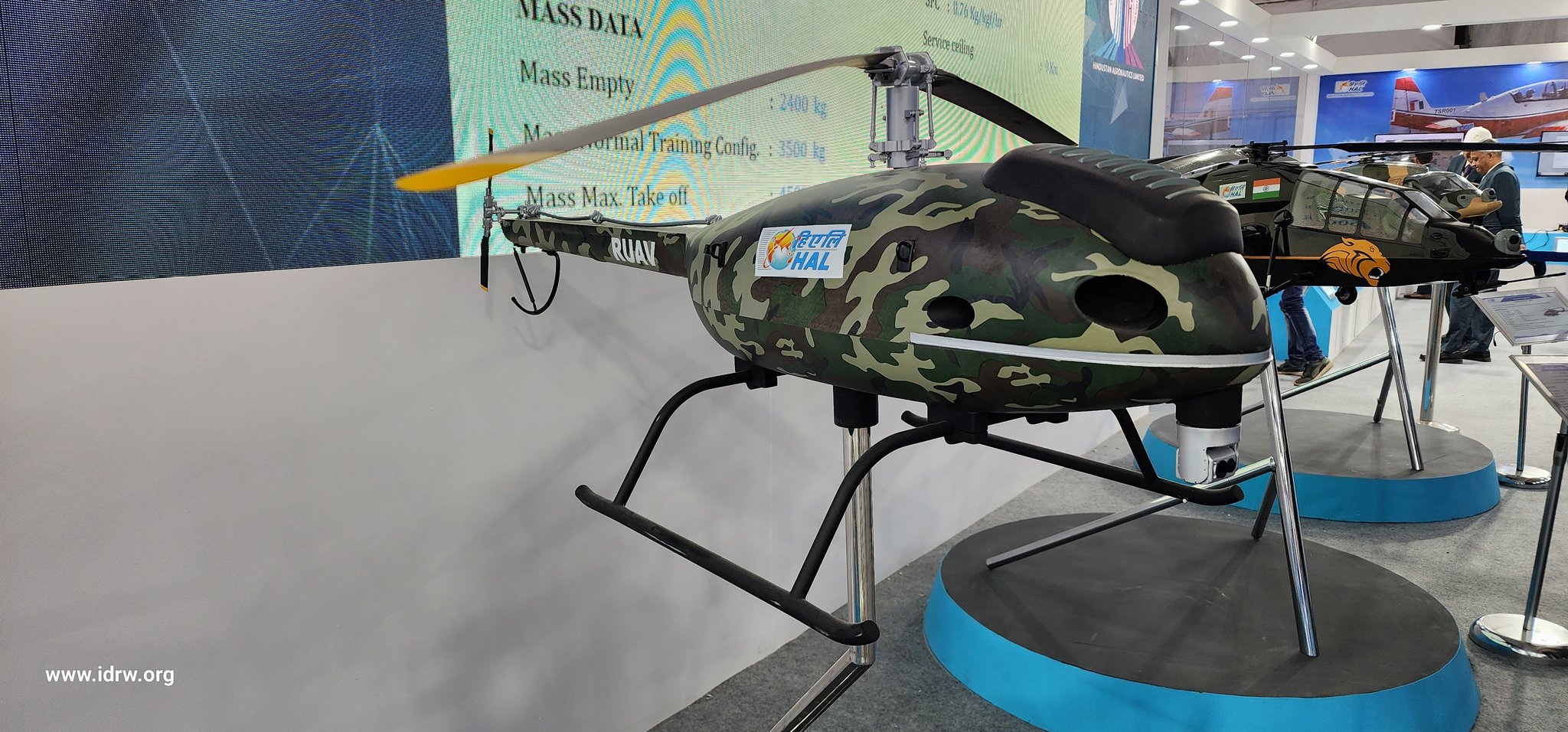
The Comptroller and Auditor General of India (CAG) has delivered a scathing critique of Hindustan Aeronautics Limited (HAL) over its Rotary Unmanned Aerial Vehicle (RUAV-200) program, highlighting significant lapses in planning and execution that led to financial losses and missed opportunities in the defense market.
The CAG’s recent report on Project 3 (Rotary UAV Development) underscores HAL’s failure to conduct a detailed market survey or demand assessment before initiating the project, resulting in a product that failed to meet operational requirements and secure defense contracts. With an impaired cost of ?9.54 crore and no lessons learned to guide future endeavors, the RUAV-200 program serves as a cautionary tale for HAL’s ambitions in the unmanned aerial vehicle (UAV) sector. The CAG has recommended sweeping reforms to ensure that future UAV projects are market-driven, operationally viable, and aligned with defense procurement roadmaps.
Continue readingSOURCE: AFI

Recent statements attributed to the Defence Research and Development Organisation (DRDO) Chief regarding the Light Combat Aircraft (LCA) Tejas MkII’s first flight have sparked confusion, with some reports suggesting an imminent maiden flight. However, authoritative sources, including AFI, have clarified the timeline, dispelling misconceptions and reaffirming the program’s steady progress. The Tejas MkII, a cornerstone of India’s indigenous defence aviation, is on track for a prototype rollout by late October or early November 2025, with its first flight expected in late February or March 2026.
Recently Certain media outlets cited DRDO Chief Dr. Samir V. Kamat as claiming the Tejas MkII’s first flight would occur within “6-12 months,” fueling speculation of a flight as early as October 2025. These reports, amplified by enthusiastic commentary, suggested an accelerated timeline that caught the defence community off guard. However, AFI’s investigation reveals these statements were either misquoted or taken out of context, with the actual timeline aligning with earlier projections.
Continue readingSOURCE: AFI

In a recurring pattern that has raised eyebrows in India, Bangladeshi politicians and public figures have once again been vocal about their perceived ability to annex India’s northeastern Seven Sisters—Assam, Arunachal Pradesh, Meghalaya, Manipur, Mizoram, Nagaland, and Tripura. These provocative statements, often amplified by student leaders and social media influencers in Bangladesh, have been interpreted as a deliberate attempt to provoke India. However, defence analyst Ranesh Rajan, speaking to idrw.org, has dismissed these claims as a “dumb move” by an “illegal government” in Bangladesh, suggesting that India should ignore the rhetoric as a desperate bid to cling to power.
The latest controversy stems from a recently surfaced undated video of Muhammad Yunus, the Nobel laureate and interim Chief Adviser of Bangladesh, who assumed power following the ousting of Prime Minister Sheikh Hasina in August 2024. In the video, which went viral on social media as of March 31, 2025, Yunus is heard stating, “The Seven Sisters are the landlocked region of India. They have no way to reach out to the ocean, and we [Bangladesh] are the only guardians of the ocean.” This statement has been widely interpreted as a veiled warning, with Yunus positioning Bangladesh as a gatekeeper of maritime access for India’s Northeast—a region surrounded by Bangladesh, Myanmar, Bhutan, and China, and connected to mainland India only through the narrow Siliguri Corridor, often referred to as the “Chicken’s Neck.”
Continue readingSOURCE: AFI

The Sukhoi Su-30, a twin-engine, multirole fighter jet, stands as a testament to Russian aeronautical engineering and has found a prominent place in air forces worldwide. While Russia has successfully exported variants like the Su-30SM to nations such as Algeria, Kazakhstan, and Armenia, India—despite being a key operator and co-producer of the Su-30MKI—has struggled to replicate this success on the export market. The reasons behind this disparity lie in a mix of contractual limitations, technological dependencies, strategic priorities, and market dynamics.
The Su-30MKI (Modernizirovanniy Kommercheskiy Indiski, or “Modernized Commercial India”) is a heavily customized version of the Su-30 platform, tailored specifically for the Indian Air Force (IAF) by Russia’s Sukhoi Design Bureau and produced under license by Hindustan Aeronautics Limited (HAL). Introduced in 2002, it boasts advanced features like thrust-vectoring engines, the Bars radar, and an array of Western, Israeli, and Indian avionics—making it one of the most capable fourth-generation fighters in India’s arsenal. Russia, meanwhile, developed the Su-30SM (Seriyniy Modernizirovanniy, or “Serial Modernized”) in 2012, a derivative optimized for its own forces and export customers, featuring upgrades like the AL-31FP engine and compatibility with precision-guided munitions.
Continue readingSOURCE: AFI

India’s quest for self-reliance in aerospace propulsion has long been symbolized by the Kaveri engine, a project initiated by the Gas Turbine Research Establishment (GTRE) under the Defence Research and Development Organisation (DRDO) to power indigenous fighter jets like the Tejas Light Combat Aircraft (LCA). Despite decades of effort, the Kaveri has yet to meet the performance requirements for operational use, leaving programs like the Tejas Mk1A reliant on foreign engines—currently the General Electric (GE) F404.
As India’s private sector emerges as a potent force in defense manufacturing, a pressing question arises: Is it time to transfer the Kaveri’s Technology of Transfer (ToT) to serious private players to not only fix the engine for the Tejas Mk1A but also develop larger variants, emulating the success of global giants like GE and Safran, backed by their respective governments?
Continue readingSOURCE: AFI

In a scathing report, the Comptroller and Auditor General of India (CAG) has exposed a significant lapse by the Defence Research and Development Laboratory (DRDL), a key arm of the Defence Research and Development Organisation (DRDO), in its procurement of 1,329 kg of C-103 material worth ?4.83 crore for the Hypersonic Technology Demonstrator Vehicle (HSTDV) project. The material, known to be incapable of withstanding the extreme temperatures generated in a scramjet engine, was deemed “unwarranted and wasteful,” highlighting critical flaws in DRDL’s planning and execution of a high-stakes defense technology program.
Sanctioned in March 2001 by DRDO, the HSTDV project aimed to develop a hypersonic vehicle capable of demonstrating advanced technologies, including a scramjet engine—a propulsion system that operates at speeds exceeding Mach 5 by combusting air at supersonic velocities. The project, envisioned as a cornerstone of India’s quest for cutting-edge defense capabilities, saw a feasibility study conducted by DRDL in September 2003. This study identified the scramjet engine’s combustor temperatures, ranging from 2,227°C to 2,527°C, as a critical engineering challenge.
Continue readingSOURCE: RAUNAK KUNDE / NEWS BEAT / IDRW.ORG
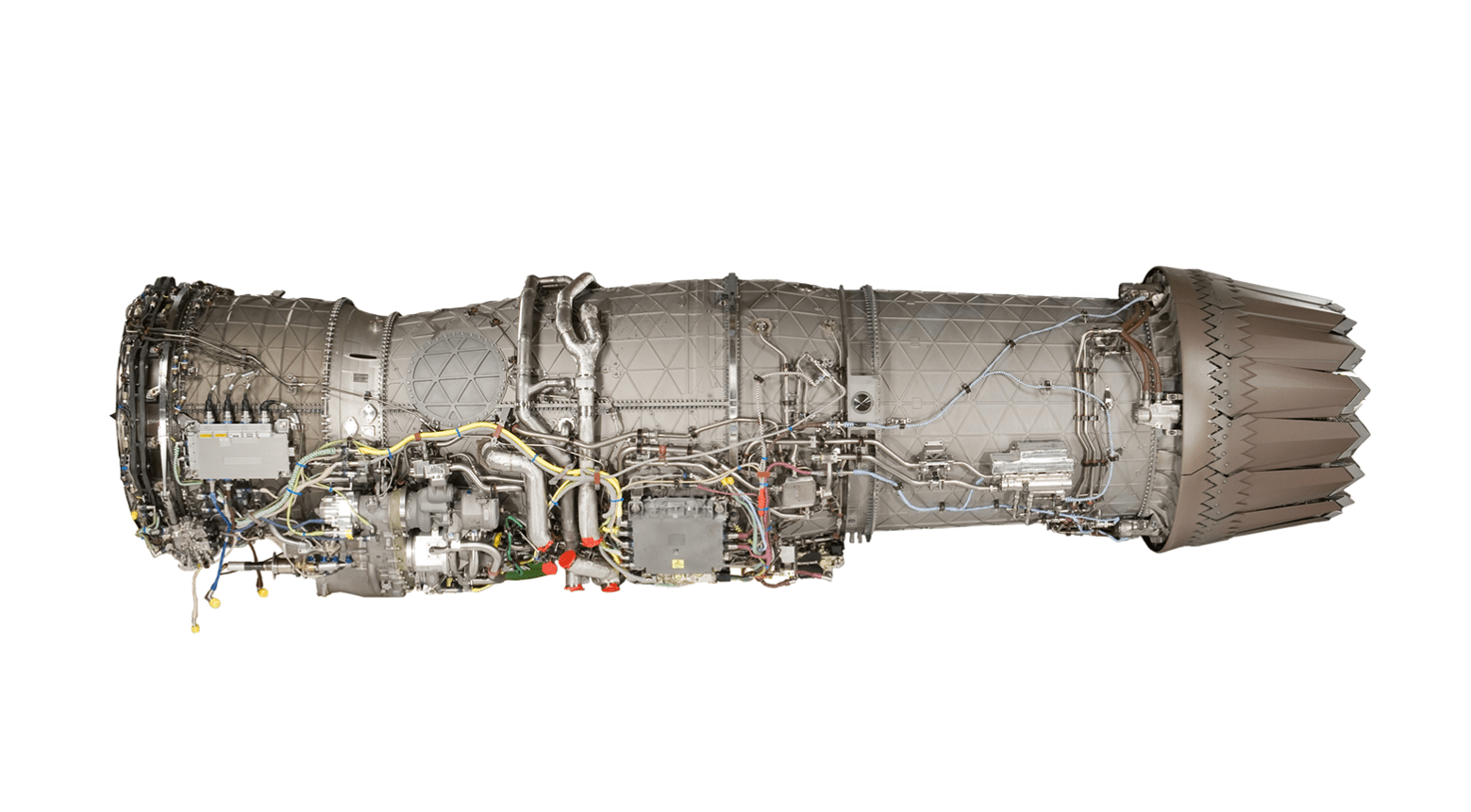
India’s ambitious fifth-generation stealth fighter jet, the Advanced Medium Combat Aircraft (AMCA), will be powered by a sixth-generation jet engine, bringing it on par with the most advanced combat aircraft being developed globally. This was reaffirmed by Dr. Samir V. Kamat, Chairman of the Defence Research and Development Organisation (DRDO), in a recent statement.
Dr. Kamat emphasized that India will leapfrog fifth-generation propulsion technology entirely for the AMCA program, aiming straight for a sixth-generation engine. “The Kaveri engine is a fourth-generation engine. The AMCA will require a sixth-generation engine,” he said, highlighting a bold and strategic move to future-proof India’s next-gen air combat capabilities.
Continue readingSOURCE: RAUNAK KUNDE / NEWS BEAT / IDRW.ORG
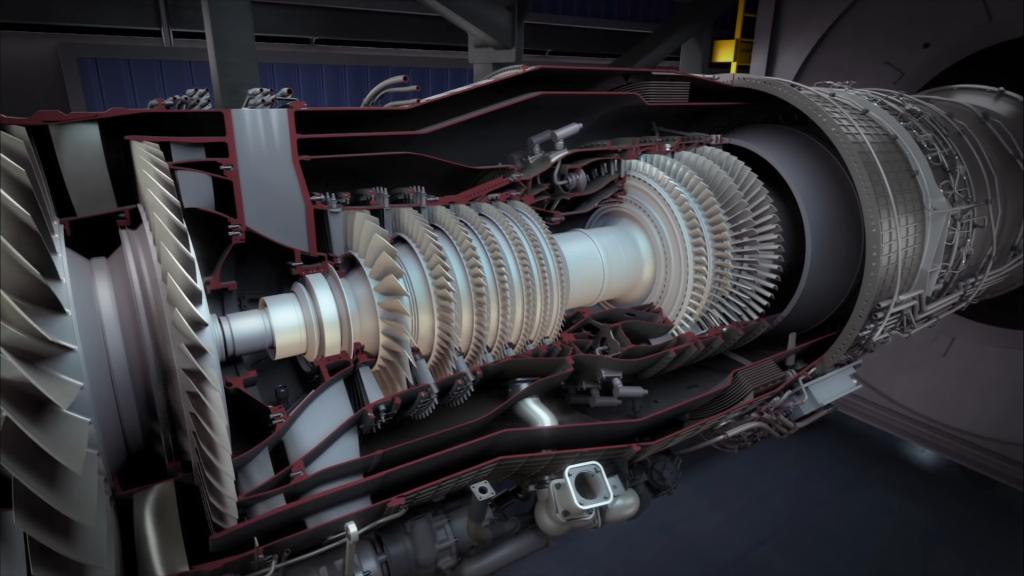
In a pivotal development for India’s aerospace ambitions, Dr. Samir V. Kamat, Chairman of the Defence Research and Development Organisation (DRDO), confirmed on April 13, 2025, that a deal with a foreign Original Equipment Manufacturer (OEM) for the co-development of a sixth-generation fighter jet engine will be finalized within the next two to three months. S
peaking at a defense technology event in Kurnool, Andhra Pradesh, Dr. Kamat revealed that four global companies are competing to partner with India on this cutting-edge project, aimed at powering the Advanced Medium Combat Aircraft (AMCA) Mk-2 and future sixth-generation platforms. This announcement signals a major step toward positioning India among the world’s leaders in next-generation aviation technology.
Continue readingSOURCE: RAUNAK KUNDE / NEWS BEAT / IDRW.ORG
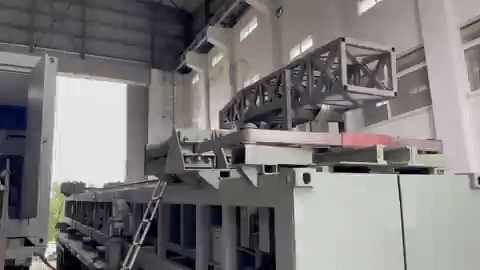
At Aero India 2025, held in Bengaluru from February 10 to 14, the Defence Research and Development Organisation (DRDO) unveiled its Electro-Magnetic Launch System (EMLS), a groundbreaking technology poised to revolutionize aircraft launch capabilities for the Indian Navy. While the system displayed was a scaled-down model, DRDO officials confirmed that work on a full-fledged EMLS is underway, marking a significant step towards India’s self-reliance in advanced naval aviation technology.
The EMLS prototype showcased at Aero India 2025 is a scaled-down version designed as a technological demonstrator, mounted on a trailer truck for mobility and testing purposes. This modular design is currently being tested to launch UAVs weighing up to 500 kg, with DRDO aiming to validate the system’s core technologies before scaling it up for larger applications. The trailer-mounted prototype will be used to demonstrate its ability to launch small-scale UAVs over short distances, achieving precise acceleration and control—key requirements for any electromagnetic launch system.
Continue readingSOURCE: AFI

Hindustan Shipyard Limited (HSL) has marked a historic achievement with the successful completion of diving system trials on its advanced Diving Support Vessel (DSV), Nistar. This milestone not only strengthens India’s maritime capabilities but also positions the nation as a potential leader in exporting sophisticated naval vessels. As the first of two indigenously built DSVs for the Indian Navy, Nistar is designed for complex deep-sea diving and submarine rescue operations, showcasing HSL’s technological prowess and engineering excellence.
The recently concluded trials validated Nistar’s air diving systems through rigorous unmanned and manned dives at varying depths, confirming the vessel’s reliability in challenging underwater conditions. Additionally, successful tests of the Observation Remotely Operated Vehicle (OROV) underscored its readiness for deep-ocean missions. With saturation diving trials slated for the coming months, Nistar is poised to further cement its advanced operational capabilities.
Continue readingSOURCE: AFI

As global aerospace powers—the United States, China, and Europe—forge ahead with at least four distinct sixth-generation fighter jet programs, the urgency for India, home to the world’s fourth-largest air force, to initiate its own conceptual work on next-generation air combat platforms has never been greater.
With the Indian Air Force (IAF) already committed to the development of the Advanced Medium Combat Aircraft (AMCA), a fifth-generation stealth fighter, the time is ripe to begin exploring sixth-generation concepts. Doing so would ensure that India avoids playing catch-up once the AMCA enters service, positioning the nation as a competitive player in the future of air warfare.
Continue reading